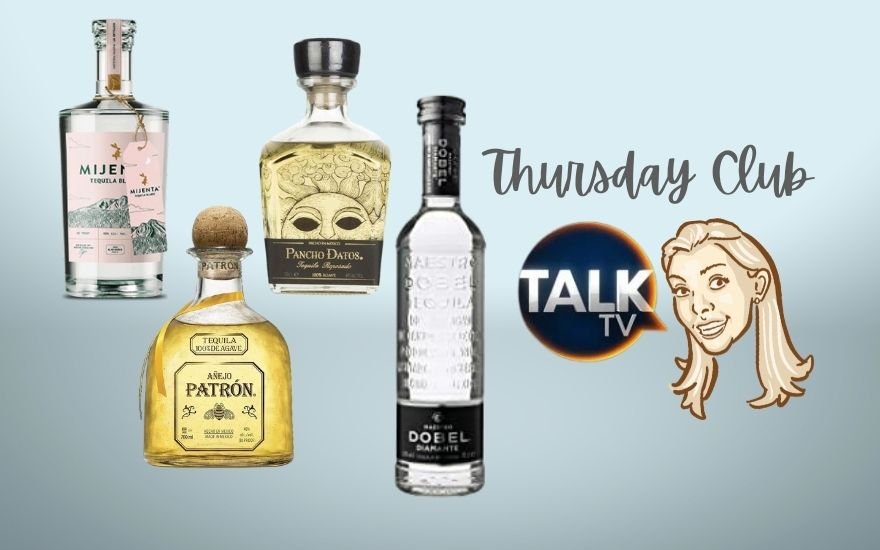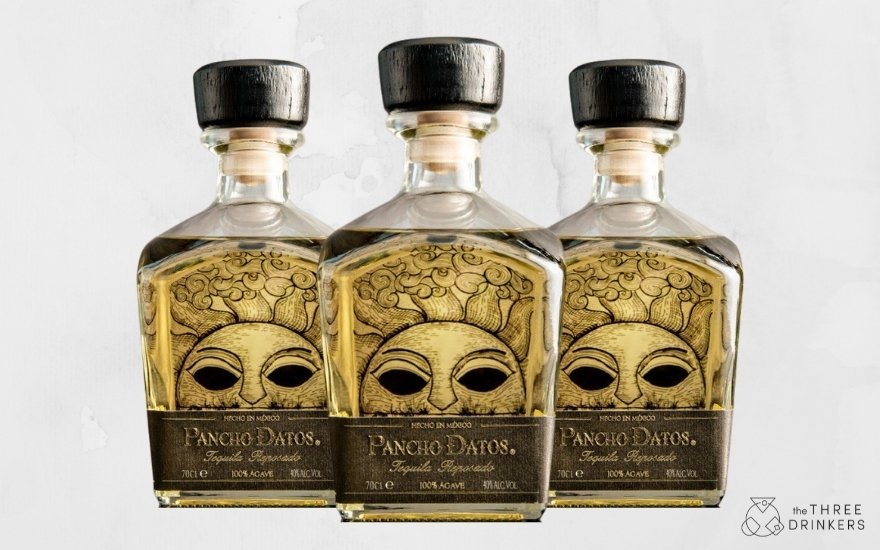It’s Cinco de Mayo - the 5th of May - a day when all things Mexican are celebrated and in my world, that usually means one thing: tequila! It makes me happy. We’re tasting a few with Mike Graham on talkTV this week so here are the details along with a bit of background.
What exactly is tequila?
Tequila is a spirit hailing from Mexico that is made by cooking, fermenting and distilling the piñas that grow within the blue agave plant. To be called tequila, the agave must be grown in the five designated areas of Jalisco or the production areas of Guanajuato, Michoacán, Nayarit, and Tamaulipas. In practice, most tequila actually comes from Jalisco. Sales of tequila grew by 175% during lockdown and have continued to stay strong!
What are the key styles of tequila?
The three main types of tequila are tequila blanco (also known a silver tequila), tequila reposado and tequila añejo. You can also find some tequila joven (joven means young) and at the other end of the scale, small amounts of extra añejo (extra old) tequila exists.
Tequila Blanco
Blanco is unaged tequila made from the blue Weber agave. It’s bottled shortly after distillation, is clear in colour and showcases the freshest style of tequila.
Tequila Reposado
‘Reposado’ means rested in Spanish and refers to tequila that has been aged in oak barrels (American or European) for between two and twelve months. The colour will be slightly darker yellow thanks to the contact with wood.
Tequila Añejo
‘Añejo’ means ‘old’ in Spanish and it refers to tequila that’s been aged in oak barrels for at least twelve months and is darker in colour. These tequilas you will want to sip neat as they are very complex and delicious. They also make a good alternative to brown spirits like whisky or cognac.
Tequila joven and extra añejo are harder to find. Jovens are usually unaged tequilas with a tiny amount of aged spirit blended in. Extra añejo tequilas are very rare and aged for at least three years in wood.
Some premium tequilas to try
Ditch the lime and salt please, premium tequila should be treated like other premium whiskies, cognacs and other spirits. Take your time to sip and savour them and see how they open up in the glass.
Mijenta Blanco Tequila
Mijenta is a sustainable, artisanal, super premium tequila from Jalisco. Made by female maestra, Ana Maria Romero, it’s pure, silky, subtle, yet complex.
Find it at The Whisky Exchange for £49.95
Pancho Datos Reposado Tequila
The name Pancho Datos is homage to the great historian and poet of the Mexican Revolution, Ricardo Grijalva de León. It’s made with agave aged for 6 years before cooking, then distilled twice and rested for 6 months in ex Bourbon barrels. Think earthy, creamy, spice and toffee.
Find it at Master of Malt for £49.95
Patrón Añejo Tequila
A super premium tequila from the original, premium tequila brand. It’s made in small batches and oak aged for over a year. Think smooth, sweet, woody, candied citrus.
Find it at The Whisky Exchange or Ocado for £56.95
Maestro Dobel Diamanté Tequila
The first ever crystal clear, multi-aged tequila (a blend of 100% Agave Reposado, Añejo & Extra-Ańejo). Think maple, nuts, honey,
Find it at Waitrose, Amazon and others for £49.90


















